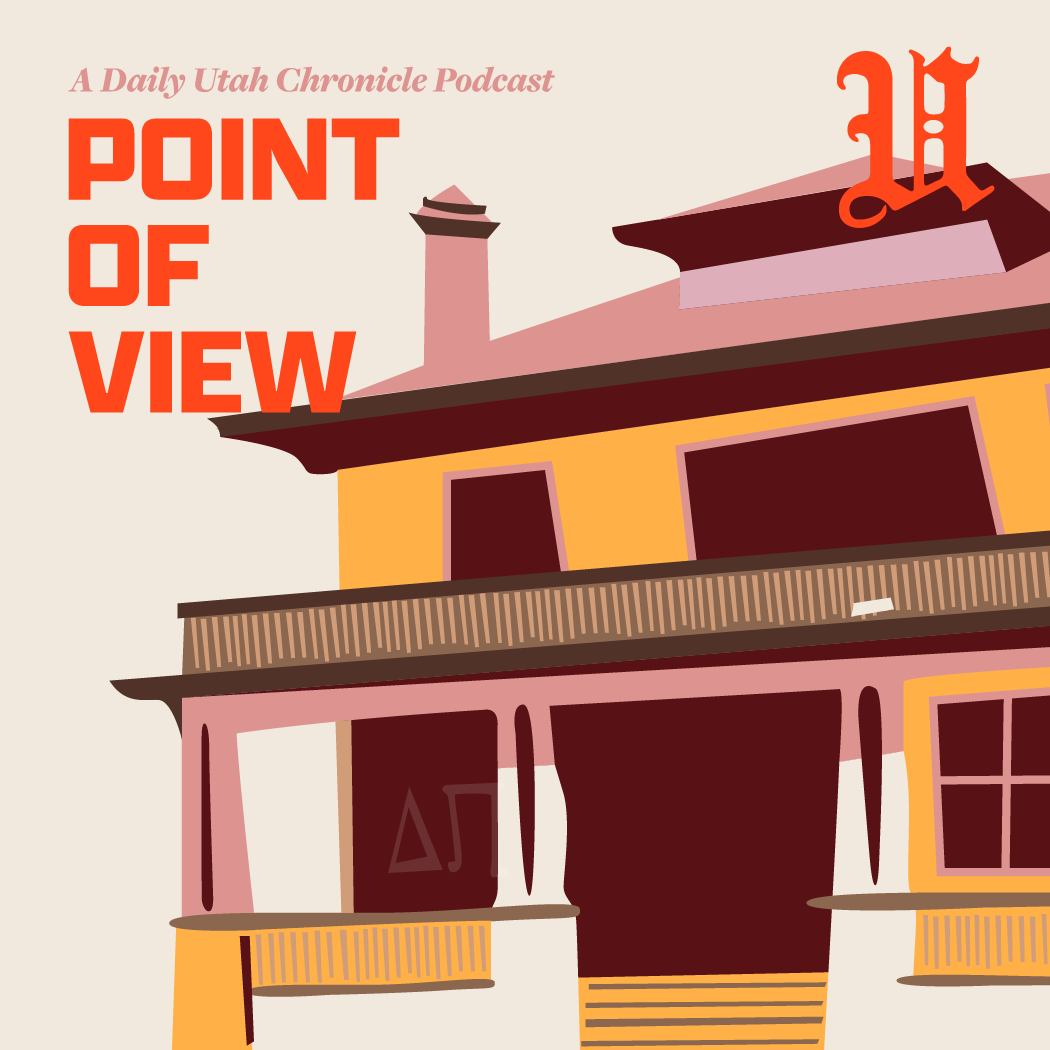U students and community members took a break from the holidays to not only view, but also touch an African art exhibit8212;a rare opportunity.
The Utah Museum of Fine Arts displayed a collection of kente cloth from the country of Ghana, which is traditional African hand-woven cloth that is artistically sewn together. Visitors to the museum were able to touch samples of the kente cloth.
“The cotton and rayon is very soft, and you could tell the difference between the rougher, hand-woven cloth and the smoother, commercially woven cloth,” said Virginia Catherall, curator of education for the museum. “The hand-woven is prized for its craft and art. The commercially woven cloth makes it more affordable for everyone.”
The display was at the museum for a limited time during the holiday of Kwanzaa, which honors African heritage, and it is now at Eastern Illinois University.
Susan Wheatley, a museum worker, said she enjoyed the hands-on opportunity to view the exhibit.
Most museum exhibits never allow visitors to touch the items, Wheatley said. Feeling the kente cloth made it seem more real.
This unique exhibit made a stop at the U as part of a tour sponsored by the Mid-America Arts Alliance.
Kente cloth is especially important because it has become a unifying symbol of African-American pride. The cloth is useful to wear on a daily basis because it is both functional and artistic. Catherall said the cloth has been worn by kings and queens.
Gardner Seawright, a security guard at the museum, said he viewed the exhibit and liked how the cloth symbolizes how many African nations worked together to build the skill of weaving the cloth.
In conjunction with the exhibit, the museum hosted a Kwanzaa event Dec. 27. The celebration included art activities, a treasure hunt, music and storytelling. Participants were asked to bring canned food items to donate to the Utah Food Bank.
“Whether you liked the exhibit or not, you still learned a lot about the culture and traditions of Ghana,” Seawright said.














